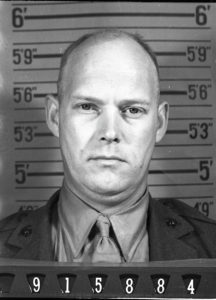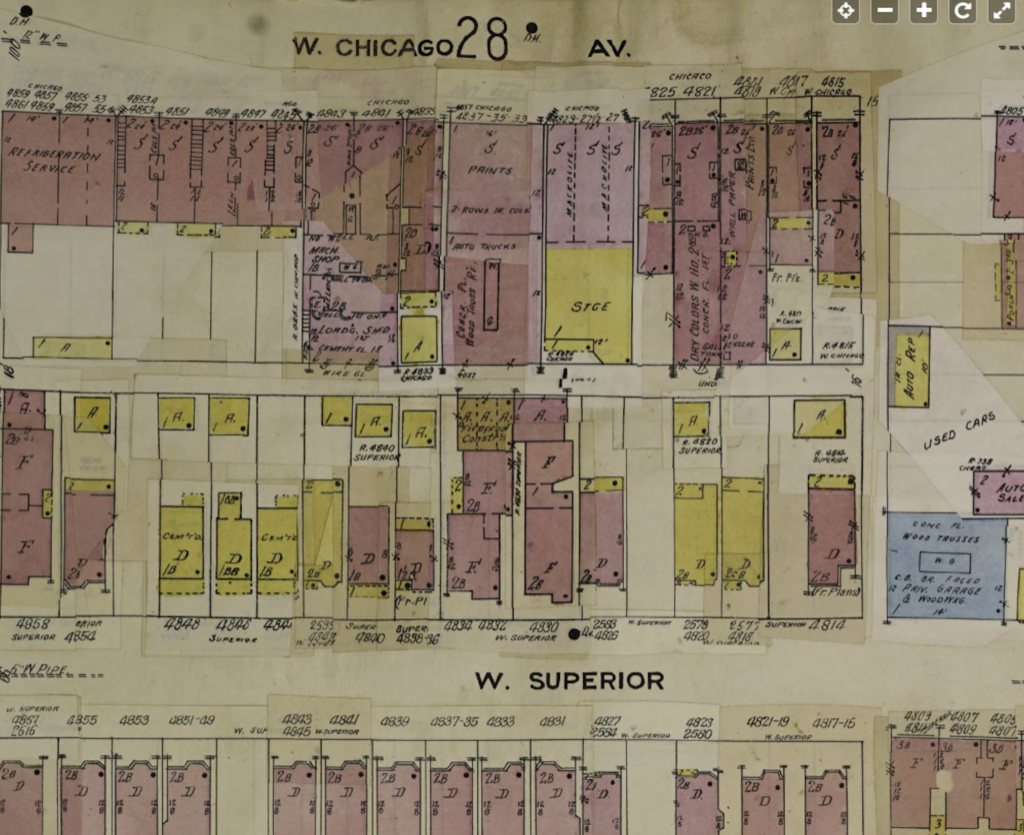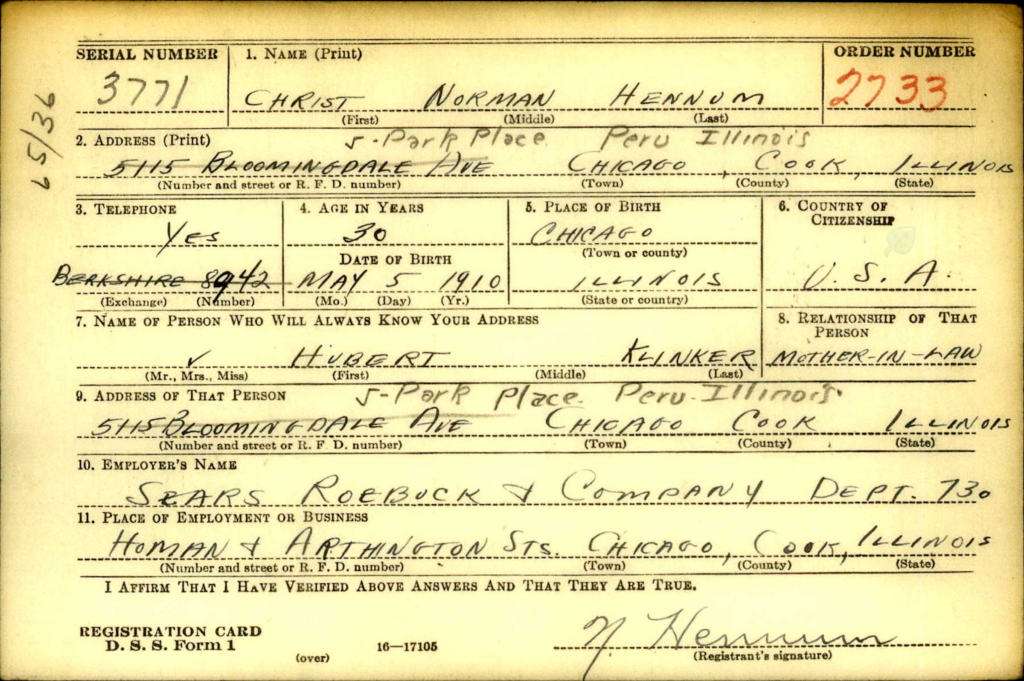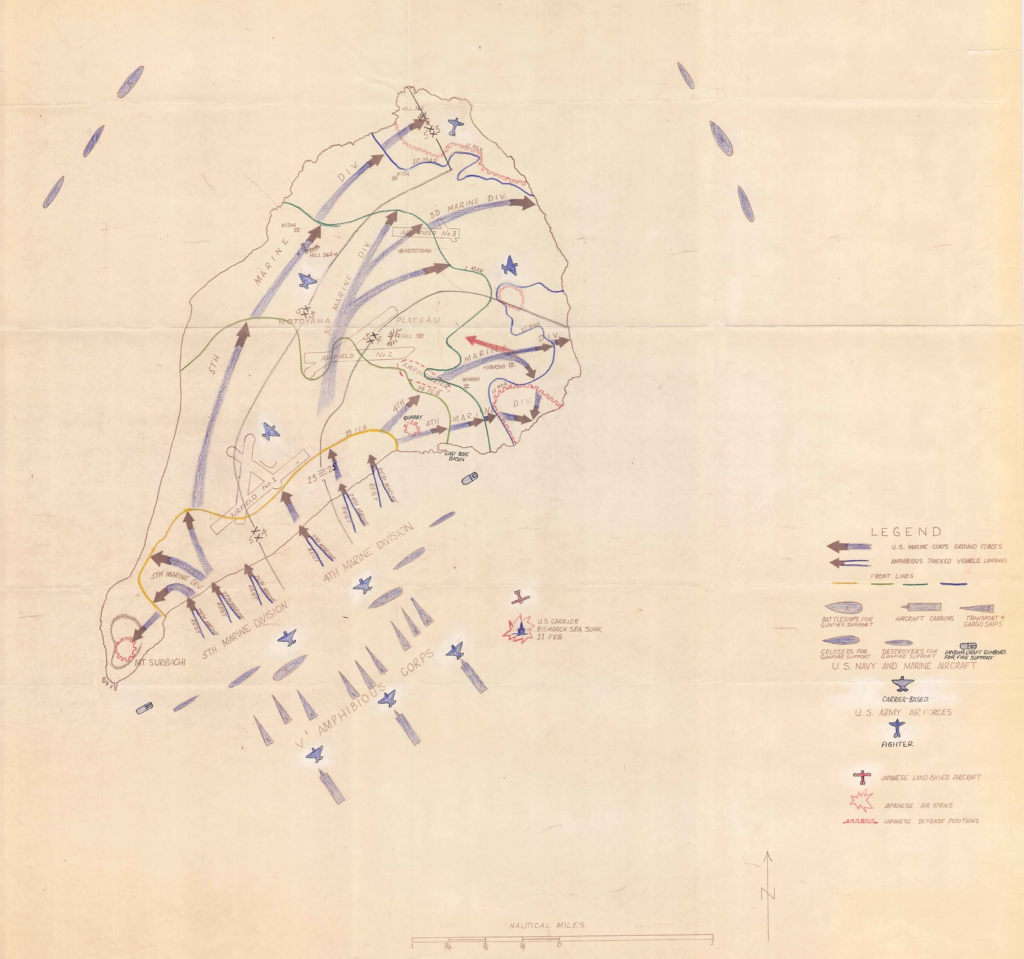
The volcanic beaches of Iwo Jima were still black with ash when Assistant Cook Christ Norman Hennum arrived there on the USS Lubbock on 19 February 1945. During his regiment’s initial assault of the island, the 34-year-old Marine from Chicago fell during one of World War II’s most ferocious battles, far from the Midwestern family he had left behind. This is the story of a Norwegian immigrant’s son whose journey from window display manager to Marine cook ended in sacrifice on foreign shores.
Early Life and Family
Christ Norman Hennum was born in Chicago, Illinois, on 5 May 1910, to Carl and Martina (Brandt) Hennum. His parents had arrived from Drammen, Norway, just a few years earlier with their two oldest children: Martha and Erling. They were part of the wave of Scandinavian immigrants seeking opportunity in America’s bustling industrial centers. Chicago in the 1910s was a city of contradictions—soaring skyscrapers and crowded tenements, incredible wealth and struggling immigrant communities. The Hennums made their home in what is now the Austin/South Austin neighborhood, where they were able to live and worship with other Norwegian immigrants.

The Hennum household was no stranger to hardship. Christ was their sixth child, but by the time of his birth, one sibling had already passed away. The family would endure further tragedy when another child born in 1912 died of pneumonia at just two days old, and Christ’s younger sister Sigrid succumbed to tuberculosis in 1927 at age 13. These losses likely shaped Christ’s resilient character and close family bonds.
Within the years following little Sigrid’s death, Carl and Martina purchased a home at 3733 Palmer street in Chicago. During this time, the family also worshiped at Moreland Lutheran Church, maintaining their Norwegian Lutheran traditions while embracing their American identity. And growing up, possibly due to his father’s work as a carpenter, Christ developed a creative eye that would later serve him professionally.
By 1930, Christ had moved out of his parents’ home to forge his own path. He displayed both artistic talent and practical skill in his work constructing and maintaining window displays for retail stores. This was no small profession during the era when elaborate department store windows were the television commercials of their day—Christ’s creations likely captured the imagination of countless shoppers passing by on busy streets.
Early Adulthood and Marriage
Christ married Lydia Margaret Klinker in Chicago on 2 June 1934, beginning what they hoped would be a long life together. When their daughter Judith Ann was born in January 1937 in Valparaiso, Indiana, Christ became a father at 26. Three years later in October 1940, Christ registered for the draft along with many other young men in the nation.

Soon after, the young family relocated to Omaha, Nebraska, where Christ continued his stable employment with Sears, Roebuck and Company—a job that supported his family through the tail end of the Great Depression and seemed to promise a secure future.
Military Service
When America was thrust into World War II, Christ—like millions of other men—faced a profound choice. Though already in his thirties with a wife and young child, he enlisted with the U.S. Marine Corps Reserve on 21 December 1943, at Fort Crook in Nebraska. The diligent department store employee, who stood 5 feet 11 inches tall with blond hair and blue eyes, was about to be transformed into a Marine during one of history’s most devastating conflicts.

The transition from civilian to military life must have been jarring. After a brief holiday season with his family, Christ reported for active duty on 4 January 1944. The rigors of basic training at Marine Corps Recruit Depot San Diego would have tested men much younger than his 33 years, yet records show he excelled, earning the highest possible scores in both obedience and sobriety. Perhaps his experience as a father and provider had prepared him for the discipline required of a Marine.
While Christ trained with the Headquarters Company in the 3rd Battalion of the 28th Marine Regiment of the 5th Marine Division, his wife Lydia and 7-year-old daughter Judith relocated to Peru, Illinois, staying with Lydia’s cousin Mildred Traeger. Letters would have been their only connection—filled with the mundane details of daily life that become precious when shared across thousands of miles. As Christ was promoted to Private First Class in June 1944 and then to Assistant Cook in November, his wife Lydia was like many others back in the states tried to remain hopeful while she looked after their daughter.
Throughout 1944, the United States gained ground in the Pacific moving ever closer to Japan. Near the end of 1944, plans were made to attack Iwo Jima, and the 5th Marine Division was scheduled to play a key role in the upcoming assault on the island. Christ and his regiment shipped out of Hawaii in early January, making their way across the Pacific. The strategic island, with its crucial airfields, was defended by approximately 21,000 Japanese soldiers entrenched in an elaborate system of bunkers, caves, and tunnels. As Christ’s transport ship USS Lubbock approached the volcanic island on 19 February 1945, the massive American pre-invasion bombardment had already transformed the landscape into a blackened moonscape.

Christ likely knew this would be dangerous, but as an Assistant Cook, he might have hoped his duties would keep him somewhat removed from the front lines. Fate decreed otherwise. On that very first day of the invasion, as chaos erupted across the beach, Christ Norman Hennum was struck by enemy fire in the lower extremities and killed in action—one of more than 6,800 Americans who would fall taking this remote Pacific island.

Back home, the news of Christ’s death would have arrived via telegram—the dreaded message no military family wanted to receive. For Lydia, the grief may have been compounded by the arrival of his personal effects: a wallet worn from use, a ring perhaps exchanged on their wedding day, a driver’s license, social security card, and snapshots he had carried with him across the Pacific. Also included was a poem—perhaps a personal favorite or something he had written himself—and $1.75 in cash, all that remained of his earthly possessions.
Particularly poignant was the timing of another family tragedy: Christ’s mother Martina had passed away from breast cancer on New Year’s Day, just as her son was preparing to sail for Iwo Jima. It remains unknown whether Christ ever learned of his mother’s death before his own life was cut short.
Legacy and Memorial
Christ Norman Hennum’s journey from Norwegian immigrant’s son to American hero reflects the story of countless servicemen who never returned home. His posthumous medals—the Purple Heart, World War II Victory Medal, Presidential Unit Citation, and Asiatic–Pacific Campaign Medal—testify to his sacrifice, but perhaps the true measure of his life lies in the family he left behind: a young daughter who would grow up without him, a wife who eventually found new love, and a father who chose to have his son rest among fellow warriors in the National Memorial Cemetery of the Pacific.
Today, Christ’s grave in plot F-1183 of the Honolulu cemetery—often called the “Punchbowl”—offers a quiet place of remembrance for a man who, like so many others, gave what President Lincoln once called “the last full measure of devotion” to his country.
28th Regiment, 5th Marine Division
Christ’s regiment would go on after his death to secure Mount Suribachi. His battalion assisted in this effort along with the 2nd Battalion. It would be members of the 2nd Battalion who planted the flag shown in the well-known photo taken by Associated Press photographer Joe Rosenthal on 23 February 1945.
For those interested in better understanding the experience of these Marines, you can view the following video taken on “D-Day” by SGT William Genaust:
USMC: D-Day at Iwo Jima, Green Beach, 19 February 1945. USMC Film Repository, Moving Image Research Collections, University of South Carolina. https://digital.tcl.sc.edu/digital/collection/MarineCorps/id/2255/rec/36
Sources:
- 1910 US Census, Carl C Hennen, Chicago, Ancestry.
- 1920 U.S. Census, Carl Hennum, Chicago, Ancestry.
- 1930 U.S. Census, Carl Hennum, Chicago, Ancestry.
- 1940 U.S. Census, Christ Norman Hennum, Kenosha, Ancestry.
- U.S., World War II Draft Cards Young Men, 1940-1947, Christ Norman Hennum, Ancestry.
- Certificate of Death, State of Illinois, Marthine M. Hennum, No. 25, 1945, FamilySearch.
- Norway Church Records, Buskerud, Bragernes, Drammen, 1900, Karl Oskar Hennum to Martina Marie Brandt, Ancestry.
- U.S., Evangelical Lutheran Church in America Church Records, 1781-1969 for George Johannes Hennum, Chicago, Moreland Lutheran Church, Ancestry.
- Certificate of Death, Department of Public Health, State of Illinois, Sigrid Hennum, No. 9512, 1927, FamilySearch.
- Report of Birth, Department of Health, City of Chicago, Christ Marinius Hennum, No. 6930, 1910, FamilySearch.
- Certificate and Record of Death, Department of Health, City of Chicago, Child of Martina and Carl Hennum, No, 533, 1912, FamilySearch.
- Sanborn Fire Insurance Map from Chicago, Cook County, Illinois. Sanborn Map Company, Vol. 18, – Nov 1950, 1950. Map. https://www.loc.gov/item/sanborn01790_105/.
- Certificate of Birth, State of Indiana, Judith Ann Hennum, No. 3111, Ancestry.
- Official Military Personnel Files (OMPF), Christ Norman Hennum, National Archives.
- https://www.findagrave.com/memorial/62793636/lydia-m-lucas
- U.S., National Cemetery Interment Control Forms, 1928-1962, Christ Norman Hennum, Ancestry.
- https://www.findagrave.com/memorial/55926826/christ-norman-hennum